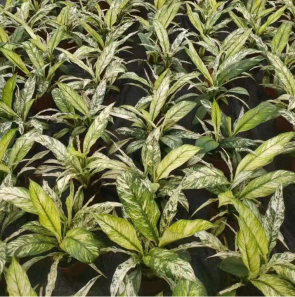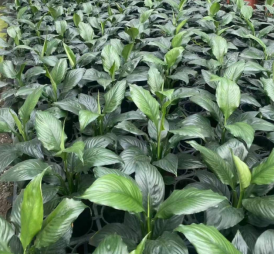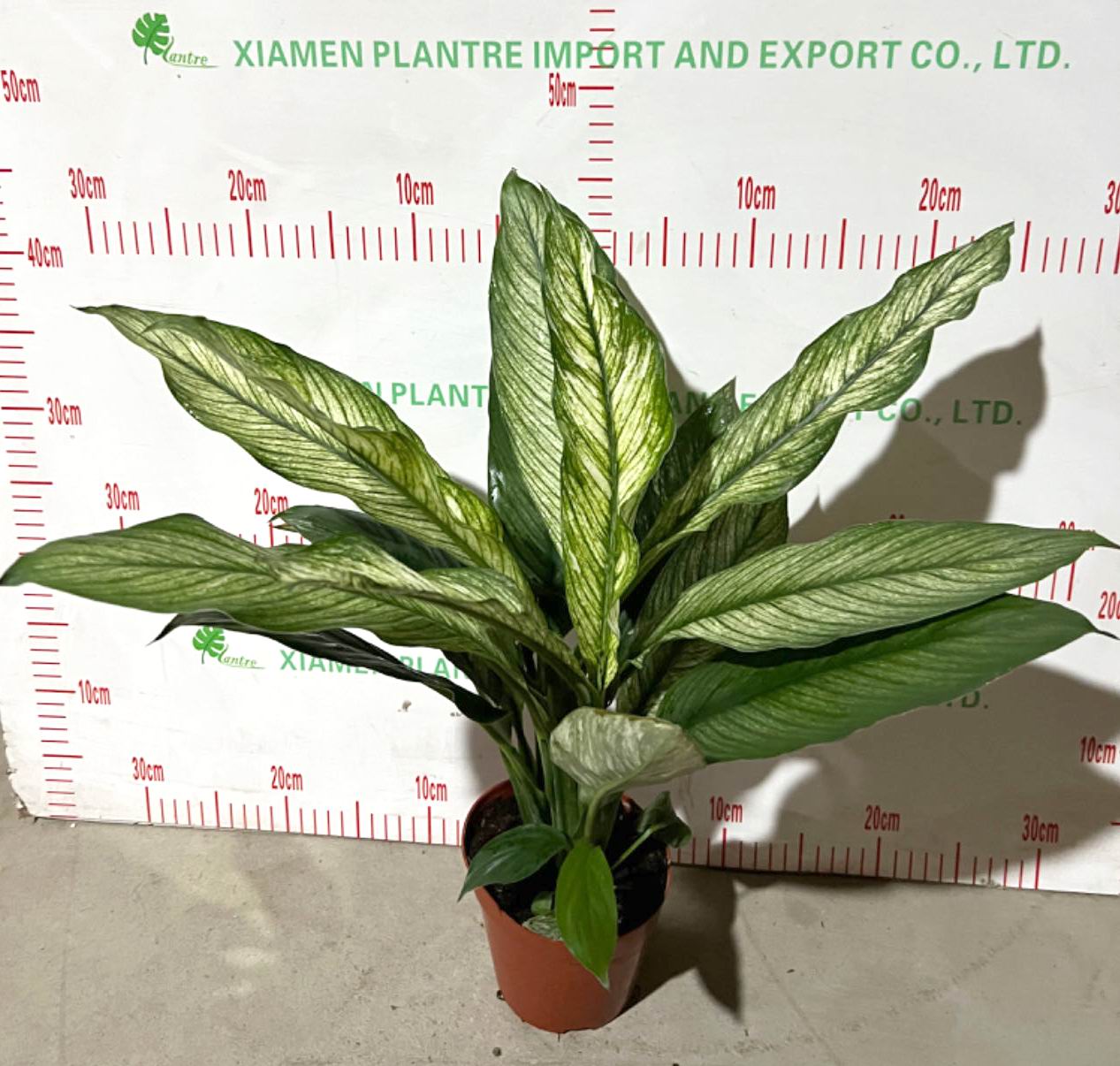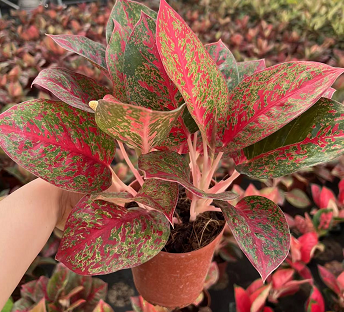Peace lilies are effective at removing various VOCs from the air, including formaldehyde, benzene, toluene, xylene, and trichloroethylene. These compounds can be found in common household items such as building materials, furniture, carpets, paint, cleaning products, and tobacco smoke. The peace lily absorbs these harmful substances through its leaves & roots and converts them into nourishment for the plant.
Peace lilies naturally release moisture into the air through a process called transpiration. This helps to increase the humidity levels in indoor spaces, which can be particularly beneficial in dry environments or during the winter months when heating systems tend to dry out the air. Proper humidity levels are crucial for respiratory health and can alleviate dryness and irritation in the nasal passages. The large leaves of Spathiphyllum plants can also help trap and reduce airborne particles, including dust, allergens, and mold spores. Mold spores can contribute to respiratory issues and allergies. By capturing these particles on their leaf surfaces, the plants can effectively remove them from the air, leading to cleaner and healthier indoor environments.
While peace lilies contribute to cleaner indoor air, it's worth mentioning that they are mildly toxic if ingested. Therefore, it's important to keep them out of reach of children and pets who may be tempted to chew on the foliage or flowers. The air-purifying effectiveness of peace lilies may vary depending on factors such as the size of the room, the number of plants, and the concentration of pollutants. Incorporating peace lilies into your indoor environment can enhance air quality, create a more pleasant atmosphere, and contribute to your overall well-being. However, to maximize their air-purifying potential, it is recommended to have several plants placed strategically throughout the space.
Light: Peace lilies thrive in bright, indirect light. They prefer being near a window where they can receive filtered sunlight or in locations where they can benefit from the natural ambient light in a room. Placing them a few feet away from south or west-facing windows is usually ideal. Indirect light helps promote healthy growth and encourages the plant to produce more flowers.
